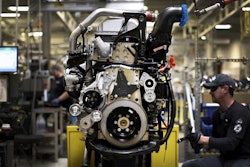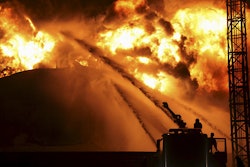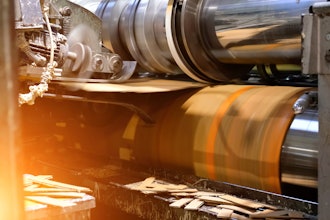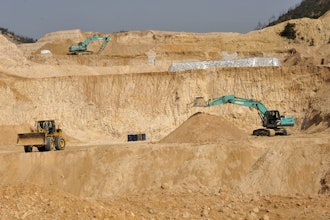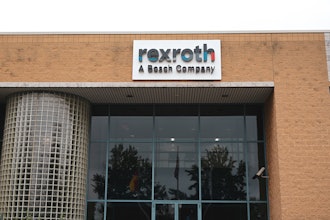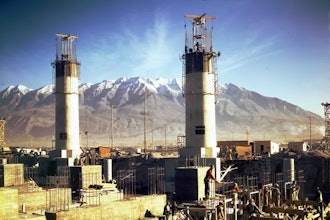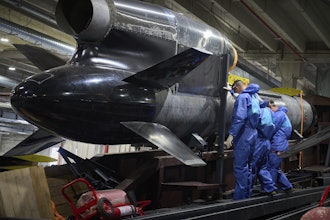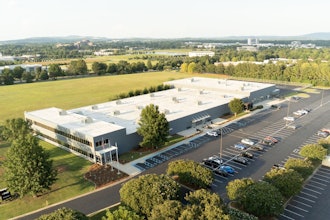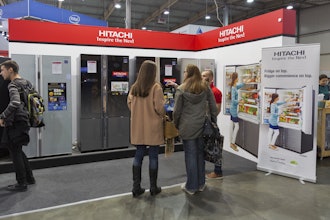Companies often struggle with communication between disparate enterprise software systems. This is particularly true in large, often multinational companies or those which have undergone mergers and acquisitions, where territorial challenges ensue.
In the case of ERP, if your plant-level ERP is perfectly tailored to your business, but corporate has standardized on a common platform at the corporate level, can the two coexist? Which system should you prefer to use if given the choice?
The Tiers
ERP systems can be grouped into “tiers” that generally identify the size of the developer/seller of the software.
- Tier 1 includes the “big” ERP and financial systems from the largest suppliers, Tier 1 ERP systems’ strength is in corporate financial and governance applications. While the dominant tier 1 solutions have manufacturing and distribution management capabilities, these by nature are used to meet the needs of as wide a range of manufacturing types as possible.
- Tier 2 is made up of systems designed for the mid-range manufacturer, loosely defined as companies with revenues between several hundred million dollars per year and a few billion. Tier 2 solutions are strongest in planning and operations functions with capabilities supporting growth, and include finance and accounting appropriate for mid-sized business.
Getting along
Many large corporations that have chosen a tier 1 solution — either ERP or financial management — for corporate headquarters believe that the simplest route to information exchange with subsidiaries and remote facilities is to require those entities to adopt the corporate solution for their use as well. While this may sound like the logical idea, the reality is that this approach has proven remarkably unsuccessful.
More importantly, force fitting a tier 1 solution on a plant or location is a lot more costly, more difficult, and less beneficial than if the location is allowed to implement a more appropriate solution for their size, resources and functional needs.
You can have it both ways
Recognizing this reality, many corporations are moving away from the “one system for everybody” model to a two-tier strategy where corporate maintains their tier 1 solution and the plants or geographies are given some leeway to find and implement a more appropriate tier 2 solution.
Finding an ERP solution that has the capability to communicate financial information seamlessly with other ERP systems, enabling plant-level or geographic autonomy in using a process manufacturing specific ERP while maintaining a generic ERP (or financials system) at the corporate level. This configuration is commonly referred to as a “two-tier” ERP.
Benefits of a two-tier ERP include:
- Manufacturing ERP where you need it — at the factory or plant
- Automated financial data sharing with parent ERP
- Seamless transition with mergers and acquisitions
Focus on your needs
The most important characteristic of your ERP system is how well it supports your company’s needs. You’ll want a system that works in your industry and has the specific features and functions that you need to run your business effectively. Don’t settle for the “one size fits all” because you know that’s never true.
If there is pressure from a corporate parent or related entity for information exchange, you’ll want to make sure your chosen solution:
- Can communicate with other systems sold by other vendors
- Has a connectivity platform to simplify and control information exchange
- Is scalable, from a developer with a history of supporting and improving products over time
Multi-tier ERP is the right strategy for success at the plant and as part of a corporate team. Both corporate headquarters and individual plants have the solutions they need to effectively run their business, and corporate control and integrity are preserved through inter-system communications.
Jack Payne is the Vice President of Solution Consulting for Process Manufacturing at Aptean.
To read more manufacturing and technology news, sign up for our newsletter. You can also follow Manufacturing Business Technology on Twitter @MBTwebsite.
ENTRIES OPEN: Establish your company as a technology leader. For 50 years, the R&D 100 Awards, widely recognized as the “Oscars of Invention,” have showcased products of technological significance. Learn more.




